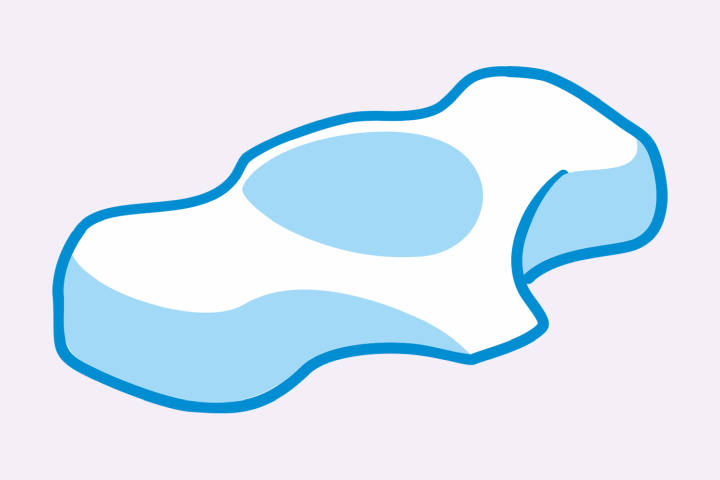To provide services at the highest level, we use cookies. Using the website requires you to choose settings related to their storage on your device. If you want to know what each type of cookie is used for, click the Details button below.
How long does it take to make an orthopedic pillow?20 czerwca 2023 |

For spine problems, it is recommended to use an anatomical orthopedic pillow made of high-density foam. Thanks to its elasticity, dynamics, and proper shape, these pillows provide support and relief for the spine.
For a neck spine issue, it is advisable to select an orthopedic pillow with an ergonomic profile that provides proper support for the cervical vertebrae. Such pillows help maintain the natural curvature of the neck and reduce muscle tension. Pay attention to choosing pillows made of high-density foam, which ensures the right dynamics and airflow.
Well-designed orthopedic pillows are the ones that provide support for the neck. They should be made of high-density foam, which is the only material that ensures optimal dynamics and allows for air circulation. Typically, pillows for neck pain have profiles with protrusions and indentations that help maintain the shoulders in a physiological position. As a result, they alleviate pain and other discomfort.
To avoid neck pain while sleeping, it is advisable to choose an appropriate orthopedic pillow with an anatomical shape that provides proper support for the cervical spine. Make sure the core of such a pillow is made of open-cell high-density foam. Additionally, avoid sleeping on your stomach and try to maintain a physiological alignment of the spine during sleep.
Purchasing a suitable orthopedic pillow can be worthwhile for individuals suffering from spinal conditions, as well as those experiencing neck, shoulder, or migraine pain. Orthopedic pillows made of high-density foam offer proper spinal support, help maintain correct body posture, and provide relief from pain and muscle tension.